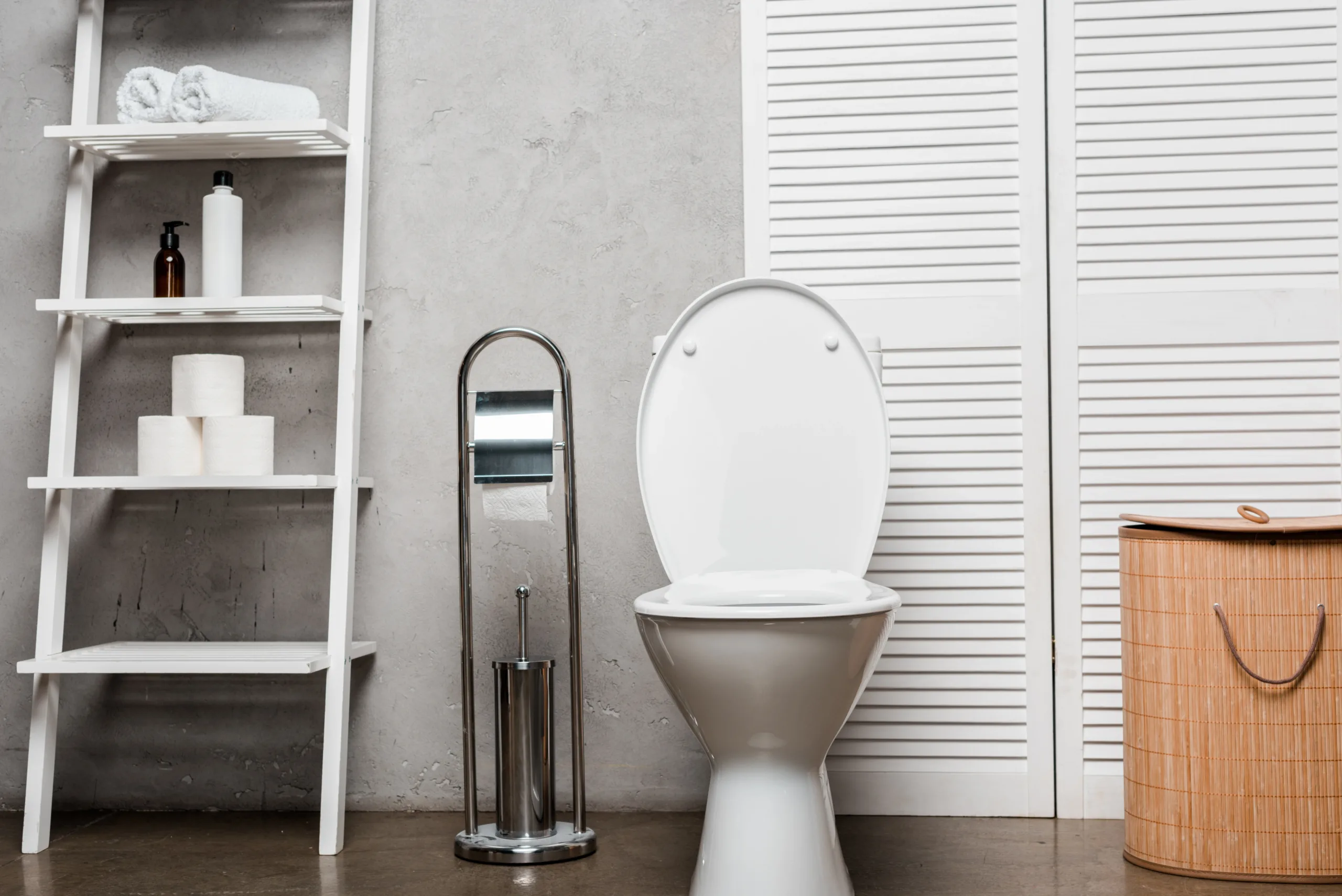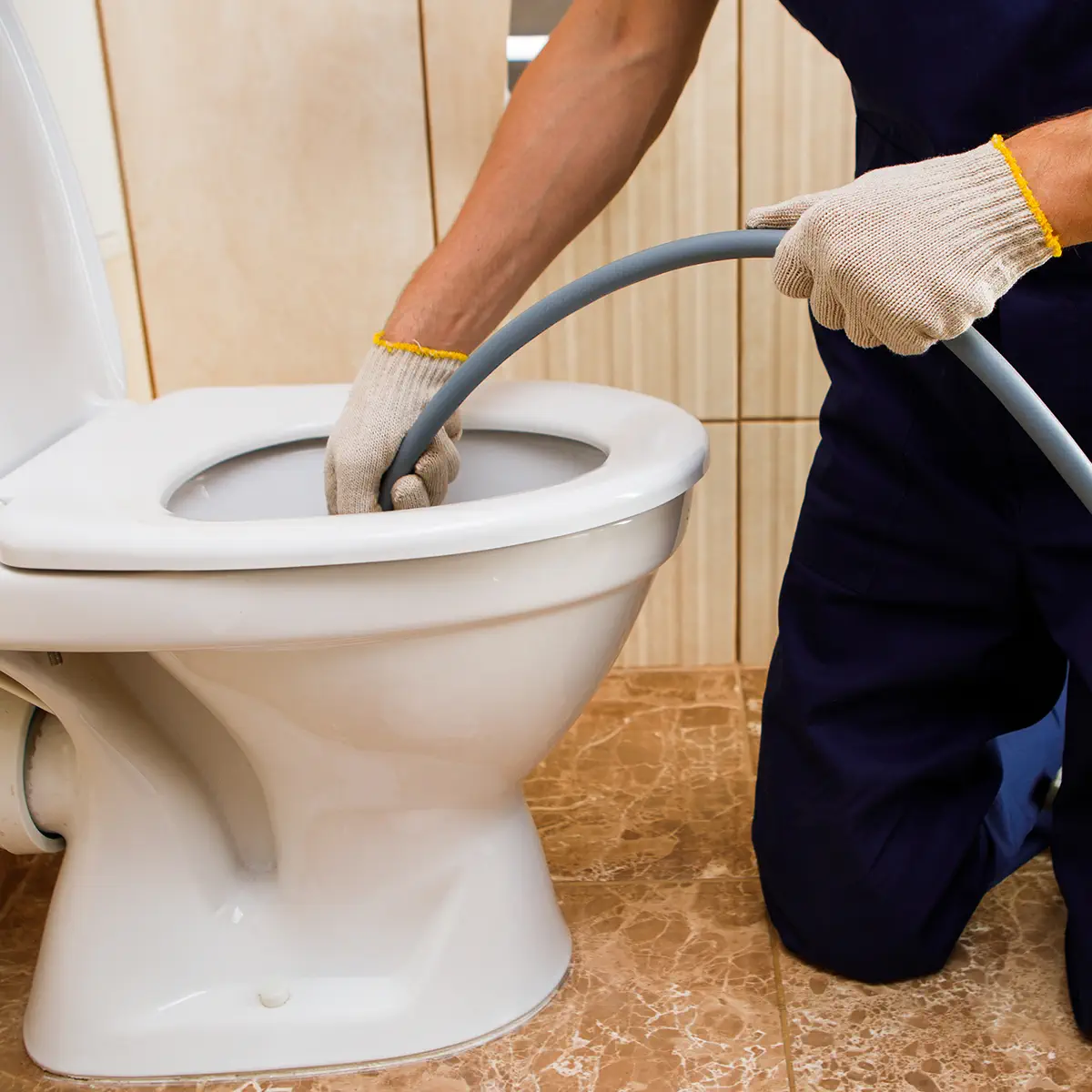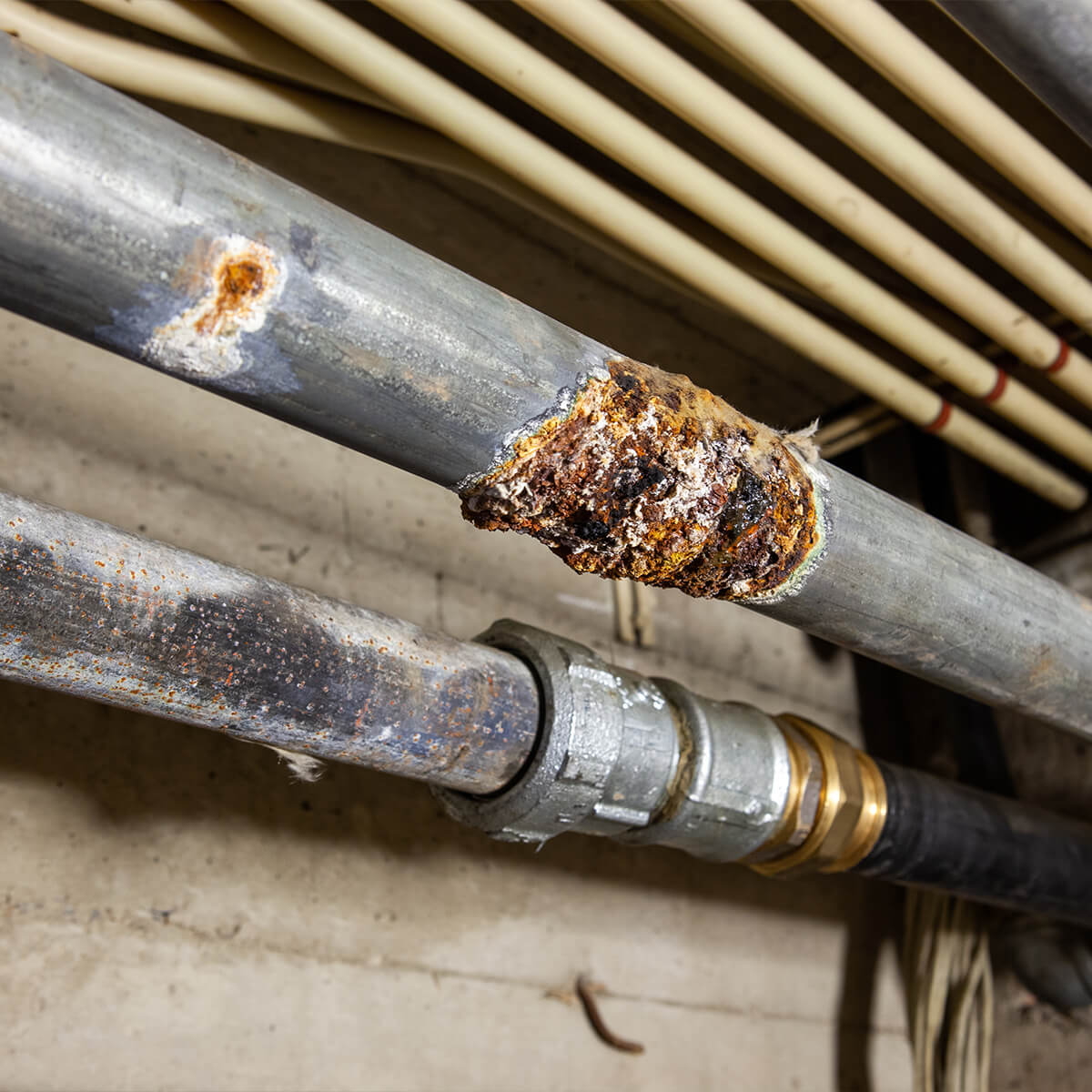
Toilet Guide for Homeowners
In our homes, toilets are vital yet often underappreciated fixtures. They seamlessly manage waste disposal, but their importance becomes glaringly evident when malfunctions occur. This comprehensive guide delves into the intricacies of toilet operation, highlights common toilet problems, offers DIY repair tips, and advises when to call in plumbing professionals. Equip yourself with the knowledge to keep your home’s toilets functioning efficiently and hygienically.
Toilet Mechanics
Understanding Your Toilet’s Inner Workings
Toilets may seem simple, but they are marvels of engineering. The typical home toilet uses a gravity-based flush system. When the flush lever or button is activated, it triggers a siphon effect that pulls waste down from the bowl into the sewer or septic system. This section will help you understand the essential components that make this daily convenience possible.
Key Components of Efficient Toilets
- Bowl Construction: Made from durable materials like vitreous china or porcelain, the bowl is the centerpiece of waste collection and disposal.
- Trapway Functionality: This s-shaped pipe plays a critical role in maintaining a hygienic barrier, preventing sewer gases from entering your home while allowing smooth passage of waste and water.
- Tank Dynamics: Usually attached directly to the bowl, the tank holds and dispenses water for each flush. It’s designed for easy access for maintenance and repair.
- Valve and Flapper Mechanics: These elements control the water flow during the flushing process, ensuring efficiency and preventing leaks.
- Flush Activation System: This system includes various mechanisms like levers or buttons, which when activated, start the flushing process.
- Rim Jets Engineering: These small but mighty jets play a crucial role in enhancing the flushing power and cleaning efficiency of your toilet.

Professional Toilet Installation Tips
Installing a toilet correctly is crucial for optimal performance and longevity. This section will cover the best practices for secure installation, focusing on key aspects like proper alignment, watertight sealing, and ensuring a stable and level setup.
Installing a toilet correctly is crucial for avoiding leaks, instability, and malfunctions. Here’s a condensed guide to a professional and smooth installation:
Preparation Stage
- Gather essential tools including wrenches, pliers, a level, and a caulk gun.
- Turn off the water supply at the shut-off valve.
- Plug the toilet drainpipe to block sewer gases and debris.
- If replacing, remove the old toilet by disconnecting the water line and unbolting it from the floor.
Setting the Foundation
- Check the subfloor for levelness; use shims if necessary.
- Securely install the closet flange to the floor, ensuring it’s level and well-sealed.
- Test fit the wax ring on the flange for a snug, proper seal.
Assembling the Toilet
- Attach the new supply line to the shutoff valve and toilet’s fill valve, ensuring a snug fit.
- Position the toilet onto the flange, aligning bolt holes and tightening bolts gradually to ensure an even, secure fit.
- Use a level to confirm the toilet is evenly positioned and adjust as needed.
Finalizing Installation
- Connect and secure the tank to the bowl.
- Install the flush mechanism following manufacturer instructions.
- Turn on the water supply and check for leaks at all connection points.
- Perform a flush test to ensure everything is working correctly.
Additional Toilet Installation Tips
- Opt for high-quality materials for connections to avoid corrosion and leaks.
- Use plumber’s tape on threaded connections for a better seal.
- Double-check all connections and seals to prevent future issues.
- Keep the installation manual accessible for future reference.
Comprehensive Guide to Common Toilet Issues
- Persistent Toilet Running: A major issue often due to faulty flapper valves, misaligned floats, or defective fill valves. Understanding these components and their common problems can save water and reduce utility bills.
- Choosing the Right Toilet: When upgrading, factors like bowl design, flushing system, and water efficiency are paramount. This section will guide you through choosing a toilet that meets your needs and conserves water.
- Effective Unclogging Techniques: Clogs are a common annoyance. Learn how to use plungers and augers effectively, and understand the signs that indicate a deeper plumbing issue.
- Eliminating Unwanted Odors: Sewage smells can be indicative of deeper issues. We’ll discuss how to diagnose and remedy these odors, keeping your bathroom fresh and hygienic.
- Fixing a Wobbly Toilet: A loose toilet can be more than just annoying; it can signal underlying issues. We’ll guide you through the steps to secure your toilet and prevent potential water damage.
- Resolving Ghost Flushing: This mysterious problem is often caused by internal leaks. Learn how to diagnose and fix these leaks to conserve water and maintain toilet efficiency.
Routine Toilet Inspection and Maintenance Tips
Regular checks and maintenance can significantly extend the life of your toilet. This section provides practical tips for keeping your toilet in top condition, highlighting areas to inspect and how to address minor issues before they escalate.
Here’s how to become a toilet maintenance pro:
Monthly Checkup
- Eyes on the bowl: Inspect the inside of the bowl for mineral buildup, stains, or cracks. Scrub any grime with a non-abrasive cleaner and warm water.
- Listen for leaks: Open the water supply slightly and listen for any hissing or dripping sounds near the base, connections, or tank. Fix leaks promptly to avoid water damage.
- Stability test: Give the toilet a gentle wiggle. It shouldn’t rock or move excessively. Tighten any loose bolts if needed.
- Flush check: Observe the water flow during a flush. It should be strong and complete, carrying waste away efficiently. If the flush is weak or doesn’t empty the bowl, investigate potential clogs or flapper issues.

Quarterly Deep Dive
- Tank: Remove the tank lid and check for mineral deposits, debris, or corrosion. Clean the fill valve and float with vinegar or a cleaning agent (according to manufacturer’s instructions).
- Flapper: Inspect the flapper for cracks, tears, or warping. Replace it if damaged to prevent continuous water running in the tank.
- Chain: Check the chain connecting the handle to the flapper for tightness and proper movement. Adjust or replace if necessary.
- Gasket: Examine the gaskets on the flush lever and fill valve for wear or damage. Replace them to ensure tight seals and prevent leaks.
Yearly Refresh
- Deep clean the bowl: Remove stubborn stains and mineral buildup with a commercial toilet cleaner or homemade solutions like baking soda and vinegar.
- Replace the wax ring: This seal between the toilet and the floor deteriorates over time. Invest in a new one every year or two to prevent leaks and wobbly bases.
- Check the supply line: Look for cracks, bulges, or leaks in the flexible hose connecting the water supply to the toilet. Replace it if damaged to avoid potential bursts.
Bonus Toilet Tips
- Use white vinegar or baking soda instead of harsh chemicals for regular cleaning to avoid damaging components.
- Invest in a good plunger and learn how to use it effectively for minor clogs.
- Avoid flushing anything besides toilet paper and human waste to prevent major blockages.
- Keep an eye on water usage. If your toilet runs constantly, address the issue promptly to save water and money.
When to Call Plumbing Experts
Some toilet issues require professional intervention. Knowing when to call a plumber can save time and prevent costly repairs. This section will help you identify those situations where expert help is essential.
Your dependable toilet is a daily necessity, but when it acts up, deciding between a DIY fix and professional help can be tricky. Here’s a handy guide to knowing when it’s time to dial up a plumber for your toilet issues.
Clogged Toilet Catastrophes
- Stubborn Clogs: When plungers and home remedies don’t clear the blockage, it could signal a deeper issue in your drainpipe. Plumbers come equipped with specialized tools to effectively clear these challenging clogs.
- Sewage Backups: If your toilet leads to sewage backups, it’s a dire situation that poses health risks. This is not the time for DIY; a plumber’s intervention is crucial for a safe and thorough resolution.
Stability and Structural Concerns
- Wobbly Toilet: A rocking toilet might indicate issues like a loose flange or a deteriorating wax ring. To prevent leaks or a potential bathroom mishap, a plumber’s skills are vital for ensuring a stable and secure toilet.
- Cracks in Bowl or Tank: Cracks can compromise the toilet’s functionality and hygiene. A plumber can assess the severity and suggest whether repair or replacement is the best course of action.
Complex Repairs and Installations
- Advanced Repairs: Tasks like replacing toilets, adding bidets, or dealing with intricate flushing mechanisms are best handled by professionals. Plumbers have the necessary expertise for a flawless setup.
- Warranty Concerns: If your toilet is still under warranty and encounters problems, consult the manufacturer first. They might offer troubleshooting tips or refer you to a certified repair service.
Tips
- Preventive Measures: Regular maintenance, such as cleaning and inspecting your toilet, can fend off many common problems.
- Prompt Action: When unsure, it’s wise to call a plumber early. Addressing issues promptly can prevent them from escalating into costly disasters.
This guide aims to empower you as a homeowner, giving you the knowledge and skills to maintain your toilet system effectively. By understanding the mechanics, addressing common issues, and recognizing when professional help is needed, you can ensure your toilet remains a reliable and hygienic fixture in your home.
Ace Home Services is the Sedona, Arizona choice for toilet repairs! Contact us to schedule your appointment today!








